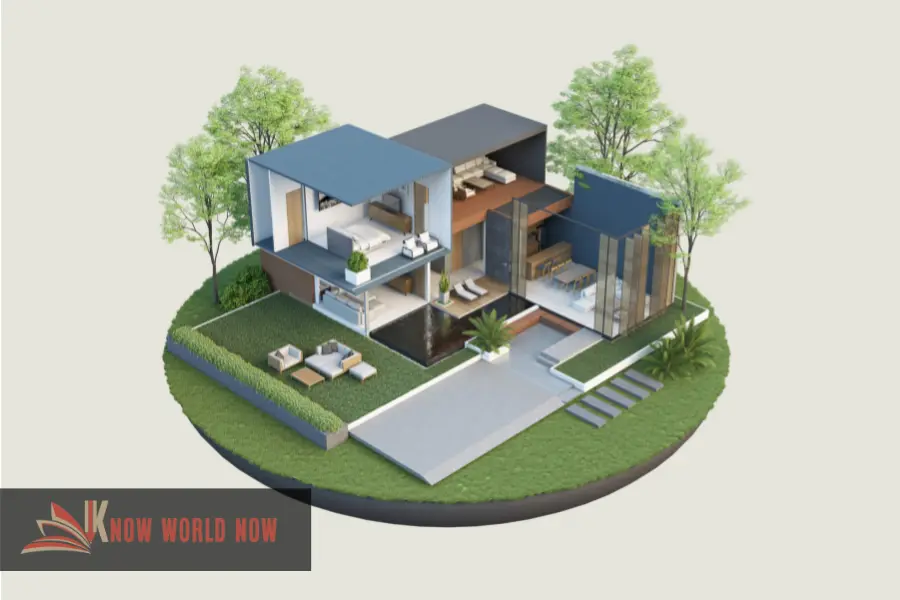The impact of technology on retail has been nothing short of revolutionary, and one of the game-changers has been the ability to create a 3D model from pictures. E-commerce platforms have taken note, quickly adopting 3D technology to enhance customer experience, improve sales, and reduce returns.
Let’s explore how 3D technology is transforming the online shopping landscape, making it richer, more interactive, and much more customer-friendly.
Virtual Try-Ons: The End of Fitting Room Woes
Gone are the days of grappling with the hassle of dressing rooms and long queues. In its stead, the advent of 3D virtual try-ons has ushered in a new era of convenience and efficiency. These digital fitting rooms allow shoppers to envisage how various clothing articles will appear on them—all from the comfort of their homes.
Leveraging a harmonious convergence of device cameras and meticulously crafted 3D clothing models, this technology crafts a near-lifelike dressing room experience. Essentially, it’s like having a personal tailor residing right within your smartphone or computer.
Personalized Merchandising: When One Size Doesn’t Fit All
The era of standardized online shopping experiences is fading, supplanted by the exciting potential of 3D technology. Retailers can now deploy 3D models to spotlight personalized and customizable items, upending the notion of a one-size-fits-all approach.
Envision desiring a chair with a specific fabric or a necklace engraved with personal initials—3D visualization tools can make these tailored preferences tangible in real time. The “buy” button has evolved from a leap of faith to a confident, informed click, all thanks to the unprecedented clarity that 3D models offer.
Streamlining Returns: A Win-Win for Customers and Retailers
Addressing the concern of high return rates that have long plagued e-commerce platforms, 3D technology emerges as a potent remedy. By furnishing customers with a profoundly accurate portrayal of their potential purchase, this technology empowers shoppers to make informed decisions.
Virtual try-ons and customizable previews provide the confidence necessary to commit to a purchase, drastically diminishing the chances of post-purchase regrets and returns. This heralds a win-win scenario—lower operational costs for retailers coupled with the satisfaction of customers who feel they have genuinely engaged with their purchase.
Interactive Shopping: A New Layer of Customer Engagement
Imagine manipulating, scrutinizing, and exploring products in ways that previously could only be achieved in physical stores. 3D technology introduces a new paradigm of interactive shopping, where customers can revel in the tactile experience of engaging with products in unprecedented depth.
From rotating products to zooming in on intricate details, this immersive experience effectively bridges the gap between digital and physical, making online shopping a multisensory and interactive endeavor.
Adobe states that “With photogrammetry tools, you can automatically generate 3D objects from a series of photos.”
Sustainable Shopping: A Greener Future
As sustainability inches to the forefront of global concerns, 3D technology offers a pathway to a more ecologically conscious retail landscape. The capability to preview products in intricate 3D detail before physical production reduces wastage.
With fewer returns and a heightened propensity to make well-informed purchases, the environmental impact of e-commerce operations is significantly mitigated. Adopting 3D technology transcends mere commercial interests; it’s a strategic step toward a greener, more responsible future.
3D technology is more than just a flashy gimmick; it’s a groundbreaking innovation that elevates the e-commerce experience for retailers and customers. As technology continues to evolve, one can only expect online shopping to become even more immersive and personalized. It’s not just the future of retail; it’s the present.




